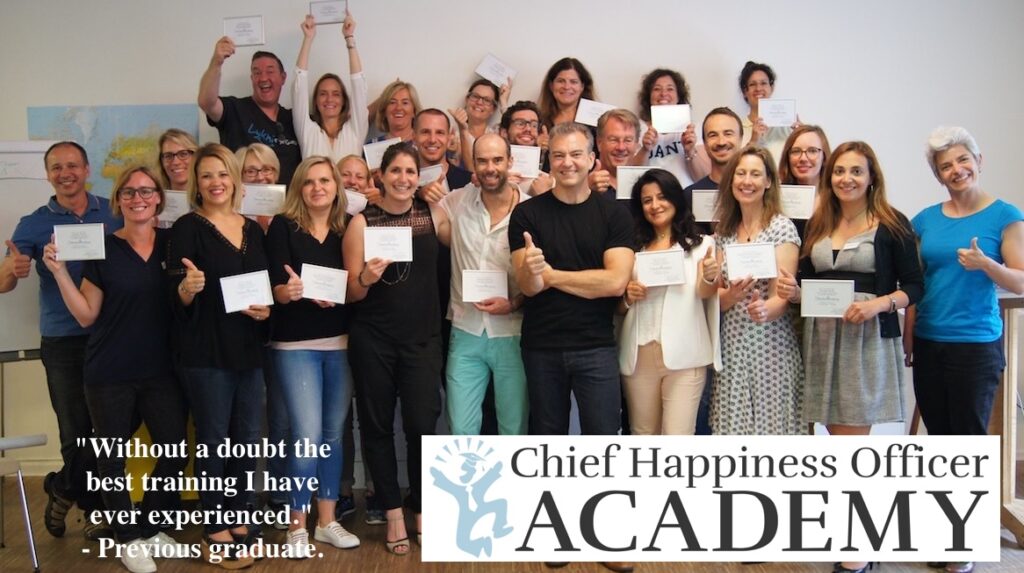Consider this a tribute to the unsung heros of the workplace. The people who make the whole thing work. Artist Zen Parry has taken up a seat in the Portland Building in Portland Oregon, where she crochets a a huge blanket while talking to the public.
During a temporary job I had in the corporate world, the office always functioned well, but “felt” even better when the Office Assistant was present. This woman brought a sense of comfort into that cold sterile environment – she did all of the unseen things that the rest of us didn’t know how to do. I often thought of her as providing a comforting blanket of functionality within that office – you could always rely on her “just being there.”
This installation symbolizes the comfort experienced in that environment. There is a lot of security in having a routine and identity that a job provides. Even though you might not be happy with your job, you will still come to work on a regular basis, and perform your duties, comfortable in the familiarity of that rhythm. I am doing the same – coming to work each day, performing my duties by being here and making a rug of comfort.
You are invited to interrupt my performance – sit and chat, call out to me as you walk through the lobby or use the ATM machine – you might even try to ignore me as you hurry to your next appointment. Artists often strive to create an environment as a work of art. In this installation/performance, I will strive to create an environment as the art of work.
Even if you manage to ignore me, I know that you will miss me when I am gone…..
What a cool, fun, innovative way to comment on work, especially unfulfilling work without condemning it. Read more about the installation here and
Zen is blogging about it here.
